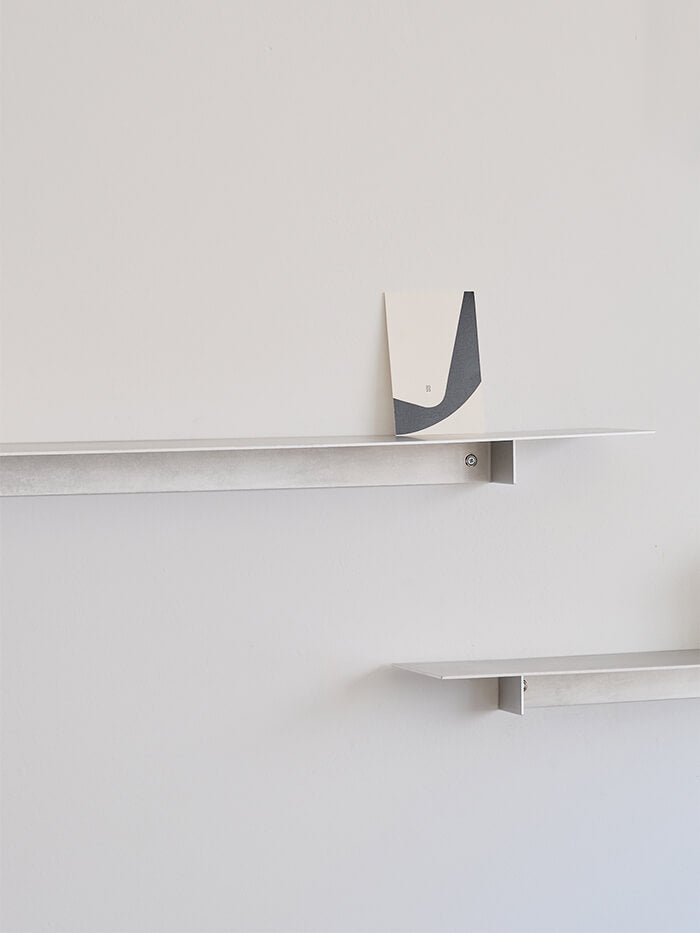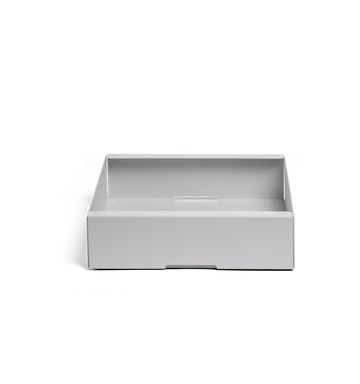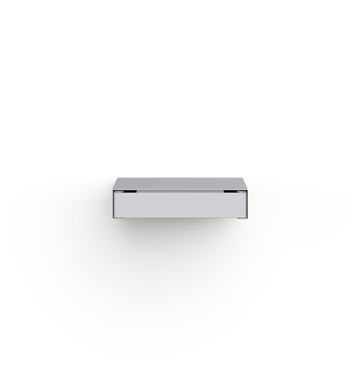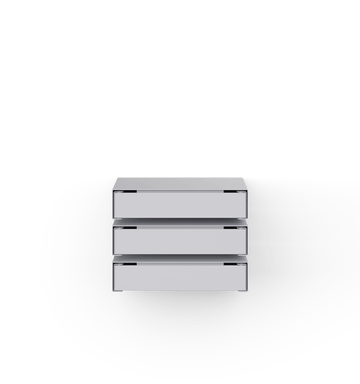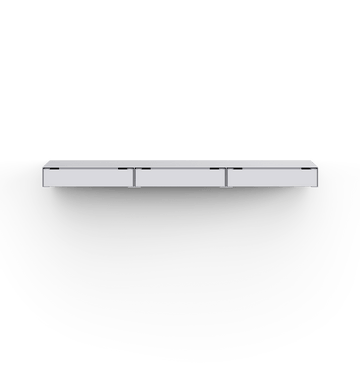We first met Ed at Lichen’s East Williamsburg store, where music plays low and the line between showroom and hangout blurs. After catching up there, Ed invited us next door to his apartment, a compact, sunlit space that mirrors the store’s style and his own approach to design.
But his home isn’t for browsing. This is where he keeps the pieces he can’t let go of: the odd, the sculptural, the sentimental. And it goes both ways, as what inspires him at home often makes its way back into the shop. Over tea and the most amazing bagels (and under the watchful eye of his beloved pets), we chatted about how his personal design eye has evolved, what he looks for when he’s sourcing for Lichen, and what fuels him to keep going.
How did this all begin?
Back in 2017, I met Jared (Blake) through Craigslist. He had posted this yellow Eames shell chair, and I ended up buying it. We grabbed coffee the next day, just to feel each other out, and something clicked. A month later, we were in business together. We started selling furniture out of a storage unit while still working full-time jobs. I was managing a huge restaurant in Union Square, and Jared was doing digital marketing. Then, in October 2018, we found a storefront, also through Craigslist, and took the plunge. It was tiny, and we didn’t really have the sales to back it up, but we had a clear vision and shared taste. And there it was: Lichen.
What is Lichen exactly?
Technically, it’s a furniture store and design incubator. But it’s more of a hybrid, part retail, part studio. We sell furniture, but we also host events, share ideas, and try to make design feel less precious and more accessible.

How much crossover is there between your home and the store?
A lot. The apartment is a lab of sorts. A place to test how pieces feel, how they live. But it’s also just a refuge. If something’s too personal, too special, it doesn’t go to the shop. That line between home and work definitely blurs.

How would you describe your home?
It’s got the same vibe, same kinds of objects, same materials as Lichen, just filtered through me, and what I need around me. A lot of what’s in my apartment comes from the same sourcing trips I take for the store. Sometimes I’ll see something and just know I have to keep it.
What kind of pieces are those?
There’s this eight-foot-tall CD rack. Totally impractical, as no one uses CDs anymore, me included, but it looks like a sculpture, and I think it’s pretty cool. Then there’s this piece of melted glass framed in wire that hangs on a wall. I like weird stuff. I like pieces that stop me in my tracks, even if it’s just a park bench. I didn’t grow up around design, but now I’m kind of obsessed with it.

You seem to find a lot of special pieces in unexpected places.
I’ll go to someone’s apartment to pick a piece, and before I leave, I’ll ask, “What else is for sale?” Nine times out of ten, they’ve got something interesting, and it doesn’t even have to be furniture. I once picked up a trash can that’s so sculptural it could pass for a vase.

Where do your design inspirations come from?
Team trips have been a huge success. Japan, Mexico City, Italy. We bring back colour palettes, materials, and ideas for how people live. In Mexico, we found this mushroom leather that we want to use for a sofa. It’s sustainable, tactile, and new to a lot of people, so part of our job becomes educating customers about it. Where it comes from and why it matters, mostly. We host talks and workshops for that reason. People need to understand the craft and the process behind a piece. That way, if something costs more than an Amazon dupe, the value makes sense.




Interview by Soraia Martins
Pictures by Manuel Netto
